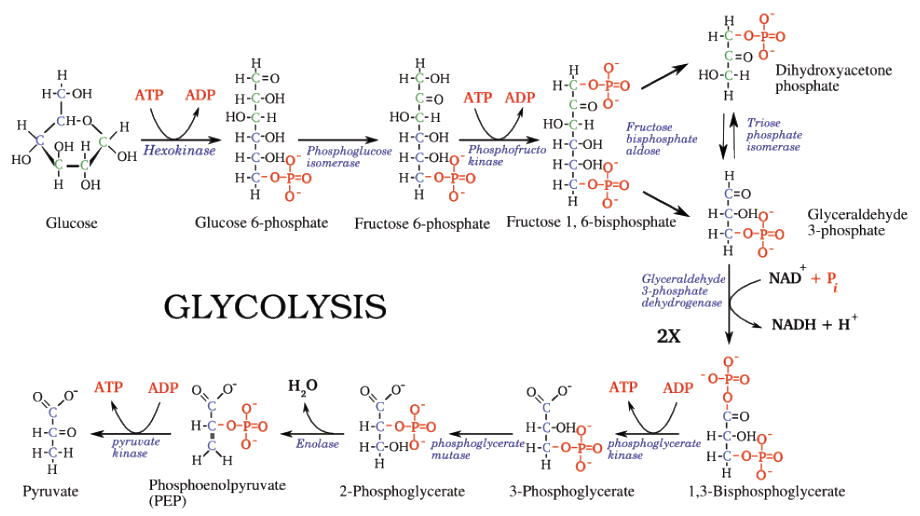- Joined
- Jul 30, 2016
- Messages
- 177
- Reaction score
- 39
So in reviewing this Q, am I just supposed to assume that by asking for "ATP produced" the AAMC really means the net ATP produced? That seems unfair, especially when they give 20 as an answer choice (D). Will they at least be consistent about this?


